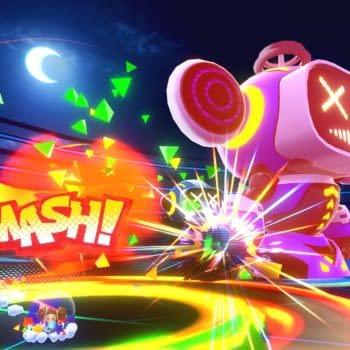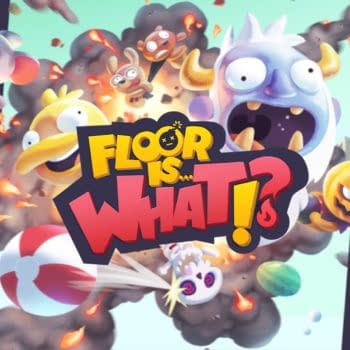Posted in: Games, Video Games | Tagged: activision, FromSoftware, Sekiro: Shadows Die Twice
Sekiro: Shadows Die Twice is Both Beautiful and Brutal
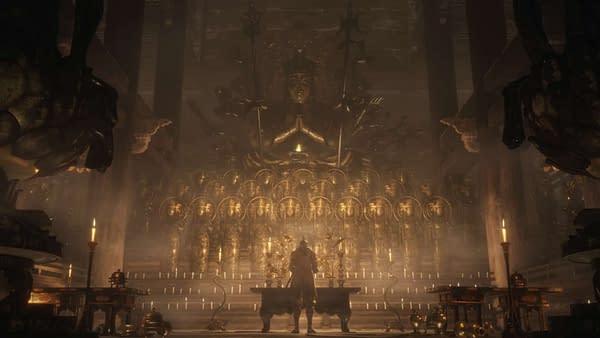
I recently got the opportunity to sit down and play a solid few hours of Activision and FromSoftware's Sekiro: Shadows Die Twice at a press preview event. While Sekiro very obviously follows in the footsteps of the other Soulsborne games, it isn't simply another Dark Souls or Bloodborne. For one, Sekiro is very much not an RPG. Instead, the game is a gorgeous action adventure game set in a stylized version of historical Japan, and the stunning visuals and atmosphere will likely be the first things that hit you as you boot up the game.
Sekiro is set in a fictionalized version of the Sengoku period of Japanese history, which covers a period of near constant conflict between feuding warlords from 1467 to 1600 CE. The most notable people of the Sengoku are likely figures you've heard of before, as they're the Three Unifiers of Japan: Oda Nobunaga, Toyotomi Hideyoshi, and Tokugawa Ieyasu. Due to the insane number of wars fought within the time period and the larger-than-life people who helped shape it along with the lack of a proper historical record, the Sengoku period is as legendary as it is real.
As Sekiro is set in a fictionalized version of the Sengoku, it is free to take advantage of the near mythical status of the era, and that's pretty perfect. Sekiro encapsulates the haunting mix of brutality, beauty, and myth that the Sengoku Jidai is known for while avoiding the pitfalls of being truly historical. It's also far too fantastical for mere reality, anyhow.
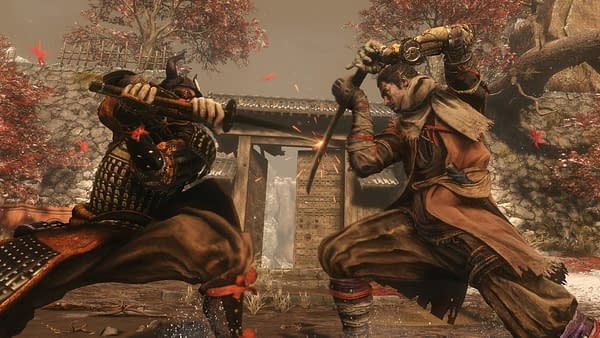
The second most prominent feature of Sekiro is the combat system. While you don't need to rush into combat with any enemies unless you want to, the combat system for Sekiro's sword battles is rather singular. While similar to For Honor in its complicated attack, block, and parry system, Sekiro's sword battles are fast and frenetic. Both the player and every enemy in the game has something called "posture" which is similar to both a guard and stamina gauge in one. To take down your opponent, you need to wear down and then break their posture so you can perform a "Shinboi Deathbow" in order to kill them. However, your opponents can also break your posture, so do be careful you don't get hit much.
While most attacks can be blocked or parried, there are a few unavoidable attacks which will flash red, and you'll need to dodge or otherwise avoid them.
But don't let the samurai sword battles confuse you too much, you aren't playing a samurai. The player takes on the role of an unnamed shinobi, who is sometimes called "Wolf." Which means you get various stealth tools at your disposal, including throwing stars and a grappling hook to traverse the environment, avoid enemies, and even take them down from above. Many of your shinobi skills are added as upgrades through a perk system or as upgrades to your shinobi prosthetic arm.
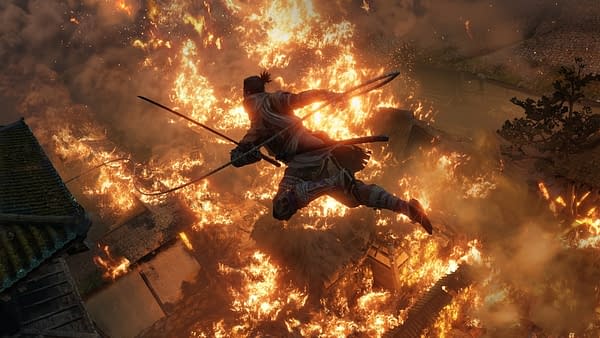
Sekiro gives you some incredibly dynamic movement capabilities with the shinobi prosthetic arm, and it allows you to step up your gameplay pretty quickly. And, in typical FromSoftware fashion, the game expects you to step things up rather quickly.
Unless, of course, you've got my luck and talent with games this punishingly hard.
The nameless shinobi is rather fragile, as he is a ninja. However, he's got the ability to come back from death every now and again, which is where the game derives its subtitle. You do, sometimes, die twice in a fight. However, if you die and resurrect too often, things around you start to go badly. People connected to the protagonist start to get sick, and potentially die. So yeah, your constant failures will hurt innocent NPCs.
Which is just rude, honestly.
I spent something like an hour and a half trying to take down one ogre, who isn't even a game boss. He's just a more difficult enemy NPC that you'll encounter throughout the world of Sekiro.
And he murdered me spectacularly every time I tried to beat him.
But the wonderful thing about the Soulsborne games is how they challenge you to come back, and come back stronger. Sekiro definitely fills that same function, as I was bound and determined to beat that damn ogre before he crushed me to death, threw me into a ravine, or just generally tossed a giant rock at my head. And that challenge to do better, to be better, is one of the best feelings a game can evoke in a player.
To illustrate my point, here's roughly 17 uninterrupted minutes of me trying and failing to kill the same Chained Ogre, over, and over.




![[REVIEW] "Gang Beasts" is Zany Party Madness](https://mlpnk72yciwc.i.optimole.com/cqhiHLc.IIZS~2ef73/w:350/h:350/q:75/rt:fill/g:ce/https://bleedingcool.com/wp-content/uploads/2019/09/gang-beasts-7-350x350.jpg)
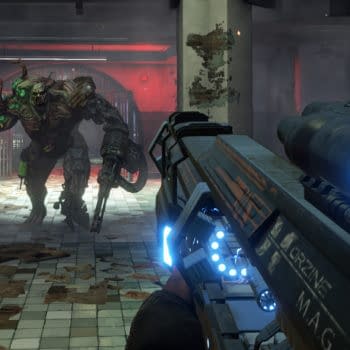
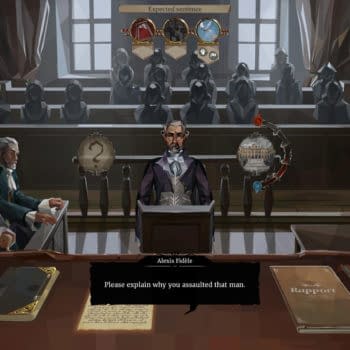
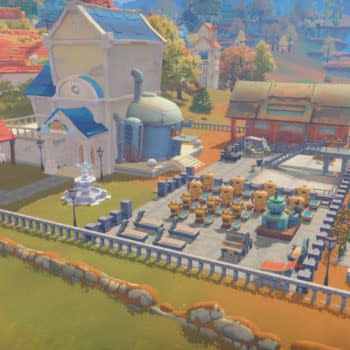
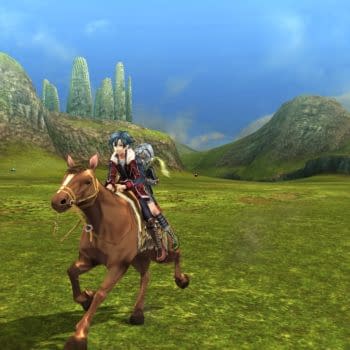
![[REVIEW] "Divinity: Original Sin II" Definitive Edition is Almost Perfect](https://mlpnk72yciwc.i.optimole.com/cqhiHLc.IIZS~2ef73/w:350/h:350/q:75/rt:fill/g:ce/https://bleedingcool.com/wp-content/uploads/2018/08/Divinity-Original-Sin-2-Definitive-Edition-art-350x350.jpg)

